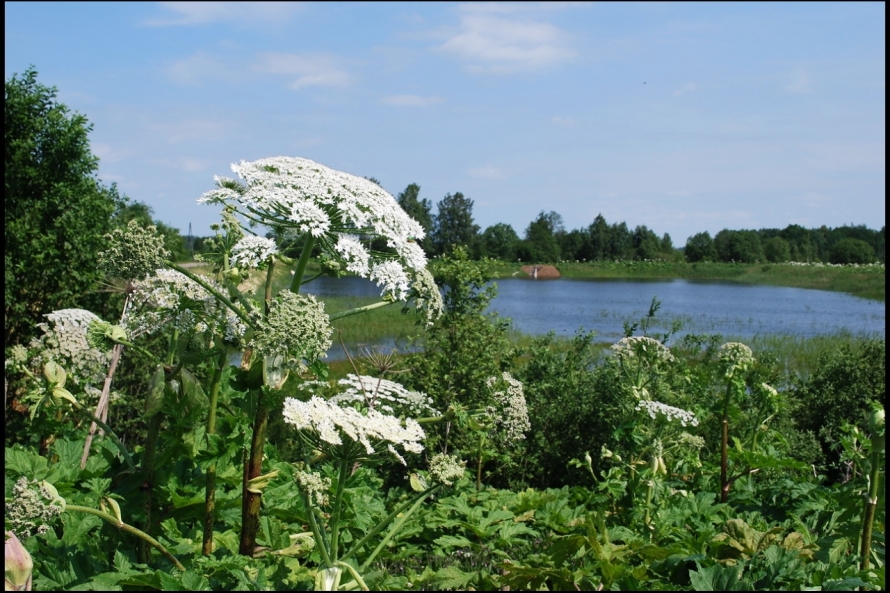Their enemy is remorseless and extremely dangerous, having already gained control of large areas of Latvian territory. It is the plant giant hogweed, known locally as "latvānis".
Riga municipality has confirmed its latvānis action plan which provides that notices will be sent to all landowners on whose land giant hogweed is spotted along with orders to tackle the menace and help in doing so.
"We are advising and warning landowners not to let this infestation spread and to fight it," says Riga city council's Environment Department chief Askolds Kļaviņš.
If owners fail to comply with Council guidance, they could find themselves taken to court and charged with environmental pollution.
"If he does not take action, then local government will do so then turn to the landowner to pay compensation for the work," said Kļaviņš.
Currently there are 51 known areas of giant hogweed infestation within Riga city limits.
The plant, known in Scandinavian countries as "bear claw" because of its distinctive leaves, is highly invasive and notoriously difficult to eradicate once established.
It was originally brought to Latvia during the Soviet period as fodder for cows, and in some places as an ornamental plant but quickly went rogue and is particularly prevalent on land near Sigulda, Cesis, Nereta, Madona and other parts of the country.
The main danger comes from its toxic sap. If it comes in contact with the skin it becomes photo-sensitive leading to severe and long-lasting burns. If it gets into eyes it can cause blindness.
There are also numerous tragic tales of children being attracted to its thick, hollow stem as a toy and suffering awful burns as a result.
Consequently when tackling giant hogweed whether by cutting, digging or chemical treatment, full protection is required.
"A month ago I attended a workshop, and they recommended an integrated and complex technique that requires the use of weedkillers, but also allows natural biodiversity to tackle hogweed," says Zanda Miltiņa of the Agriculture Ministry.
Nor is simple mowing enough. Once the distinctive flower heads have produced thousands of seeds, they can lie dormant in the soil for years.
Agricultural cooperative "Barkavas traders" chief Alberts Gailums says that farmers have had some success tackling hogweed in their fields but that the problem lies in its ability to spread along verges, ditches and the edge of forests where it is extremely hard to counter.
It is estimated 11,000 hectars of Latvia in now in the grip of giant hogweed with anecdotal evidence suggesting that figure is rising rapidly.




























